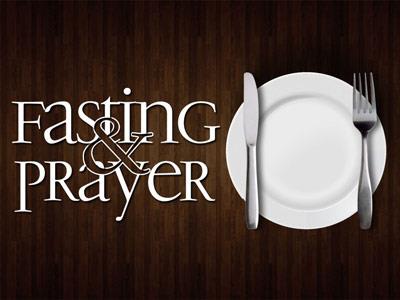-
#1 A Voice For God Series
Contributed by Chuck Sligh on Nov 3, 2019 (message contributor)
Summary: A short intro to the Gospel of Mark, followed by an examination of Mark's story of John the Baptizer and his role, and applications from this passage for our lives.
A Voice for God
Series: Mark, Sermon 1
Chuck Sligh
November 3, 2019
TEXT: Please turn in your Bibles to Mark 1:1-8 – "The beginning of the gospel of Jesus Christ, the Son of God; 2 As it is written in the prophets, Behold, I send my messenger before thy face, which shall prepare thy way before thee. 3 The voice of one crying in the wilderness, Prepare ye the way of the Lord, make his paths straight. 4 John did baptize in the wilderness, and preach the baptism of repentance for the remission of sins. 5 And there went out unto him all the land of Judaea, and they of Jerusalem, and were all baptized of him in the river of Jordan, confessing their sins. 6 And John was clothed with camel’s hair, and with a girdle of a skin about his loins; and he did eat locusts and wild honey; 7 And preached, saying, There cometh one mightier than I after me, the latchet of whose shoes I am not worthy to stoop down and unloose. 8 I indeed have baptized you with water: but he shall baptize you with the Holy Ghost."
INTRODUCTION
Today we begin a series in the book of Mark. Before we launch into today’s text, first let me share some introductory details about the book.
The author of this Gospel was John Mark who had spent a significant amount of time with both Paul and Peter. Early on, he had a rocky relationship with Paul because he had abandoned Paul’s missionary team on their first missionary journey. But later, Paul spoke favorably of him on several occasions.
We don’t know when, but at some point, Mark became Peter’s assistant and protégé. The early Church Father Papias tells us that Mark’s Gospel was Peter’s first-hand memories of Jesus’ life and ministry. So, a more accurate title for this book would be “The Gospel According to Peter, as Recorded by Mark.”
Mark’s Gospel was the first record of Jesus’ life, and Matthew and Luke most probably used Mark as their primary source, while John writes from his own memory.
There are several significant characteristics about Mark’s Gospel:
First, Mark is the Gospel of REALISM.
Mark offers little in the way interpretation or explanation.
It’s an on-the-spot, unvarnished, eyewitness account, with few embellishments.
Second, Mark the Gospel of ACTION.
The key word you find over and over again in Mark is the Greek work euthús (e????), which means straightaway or immediately. This word occurs over 30 times, painting a vivid, fast-moving record of Christ’s life. It rushes from one event to the other in breathless fashion. For this reason, its main target is thought to be ROMAN readers who were a people of action, while Matthew targeted JEWS and Luke targeted GREEKS.
Third, Mark is the Gospel of Christ’s EMOTION.
Though Mark’s purpose was to prove that Jesus was the Son of God, paradoxically, no other Gospel emphasizes the human side of Jesus, especially emphasizing His varied human emotions.
Finally, Mark is the Gospel of the EYEWITNESS.
Mark adds many details to Jesus’ life that could come only from an eyewitness. [The Preaching & Outline Bible, Chattanooga: Leadersthip Ministries Worldwide, p. 1.]
While Matthew begins his Gospel with the genealogy narrative, and Luke begin with a lot of backstory before birth of Christ, as well as a genealogy, Mark begins as if he is in a rush, saying in verse 1, “The beginning of the gospel of Jesus Christ, the Son of God.” That’s the entirety of his introduction—short and sweet. See what I mean that his gospel story is unvarnished and to-the-point?
In this first verse, Mark tells us the purpose of His book: To show that Jesus was THE SON OF GOD, and to prove it by His life and miracles. The term “Son of God” does not mean Jesus was born by God in a human sense; that is by procreation resulting from an act of sexual relations. It’s a term of endearment to show God the Father’s special relationship with Jesus, the second person of the Trinity. The Jews understood it to mean that Jesus was claiming to be God Himself, and that’s how Mark used it. In Mark it is used to point to Jesus’ deity, and it is used in the rest of the New Testament as a title to show that Jesus was fully God, with all the characteristics and attributes of God the Father and God the Son.
Mark begins His Gospel by telling about John the Baptizer. He is often called “John the Baptist,” but denominations were not in existence then, so he was not really the first Baptist preacher as we often jokingly say!
Illus. – When I was a teen, several of the classmates in my Christian school were members of the Nazarene denomination. We would sometimes spar over doctrinal differences and one day I jokingly said to one of my Nazarene friends, “Well, you know John was a Baptist, right?”

 Sermon Central
Sermon Central



